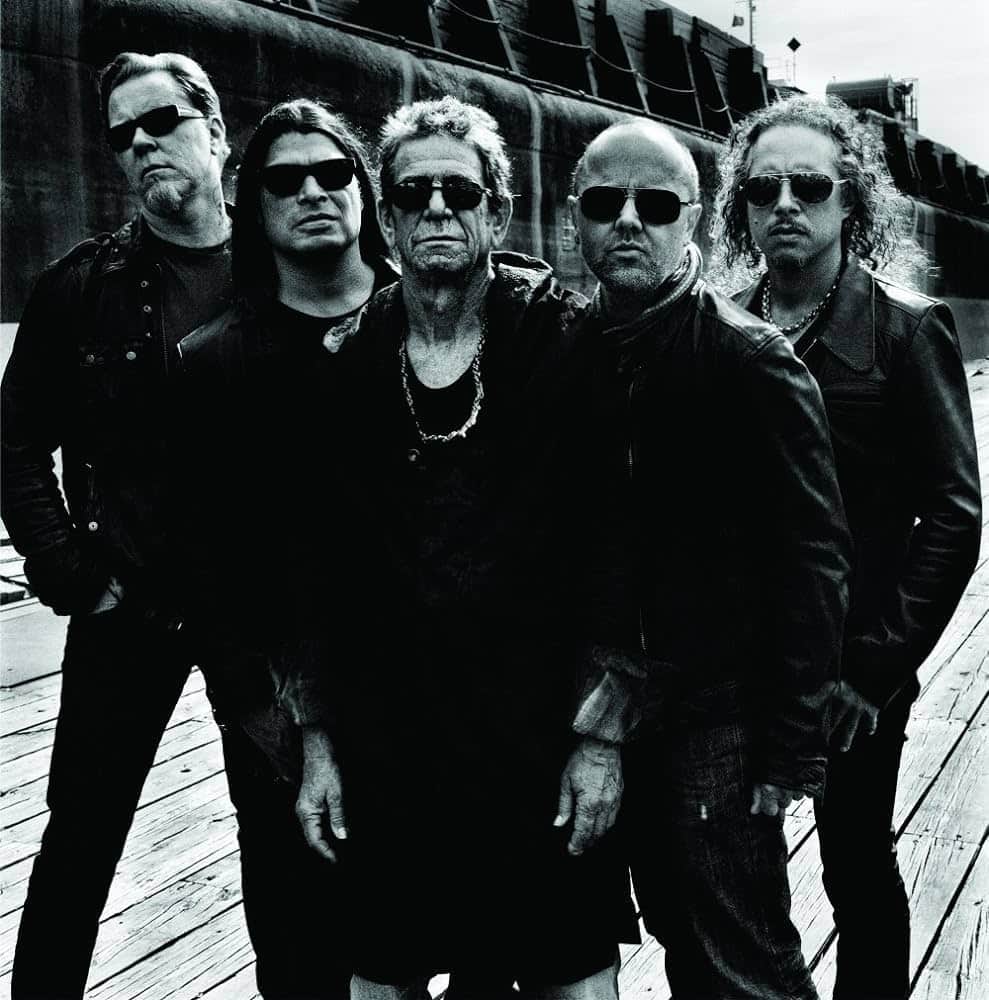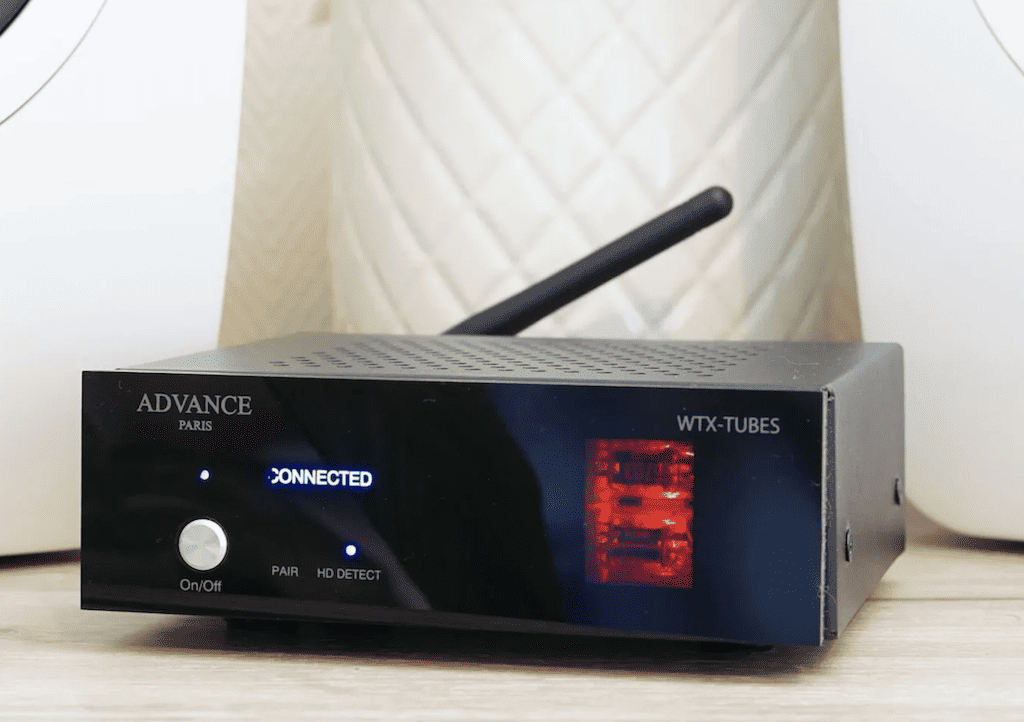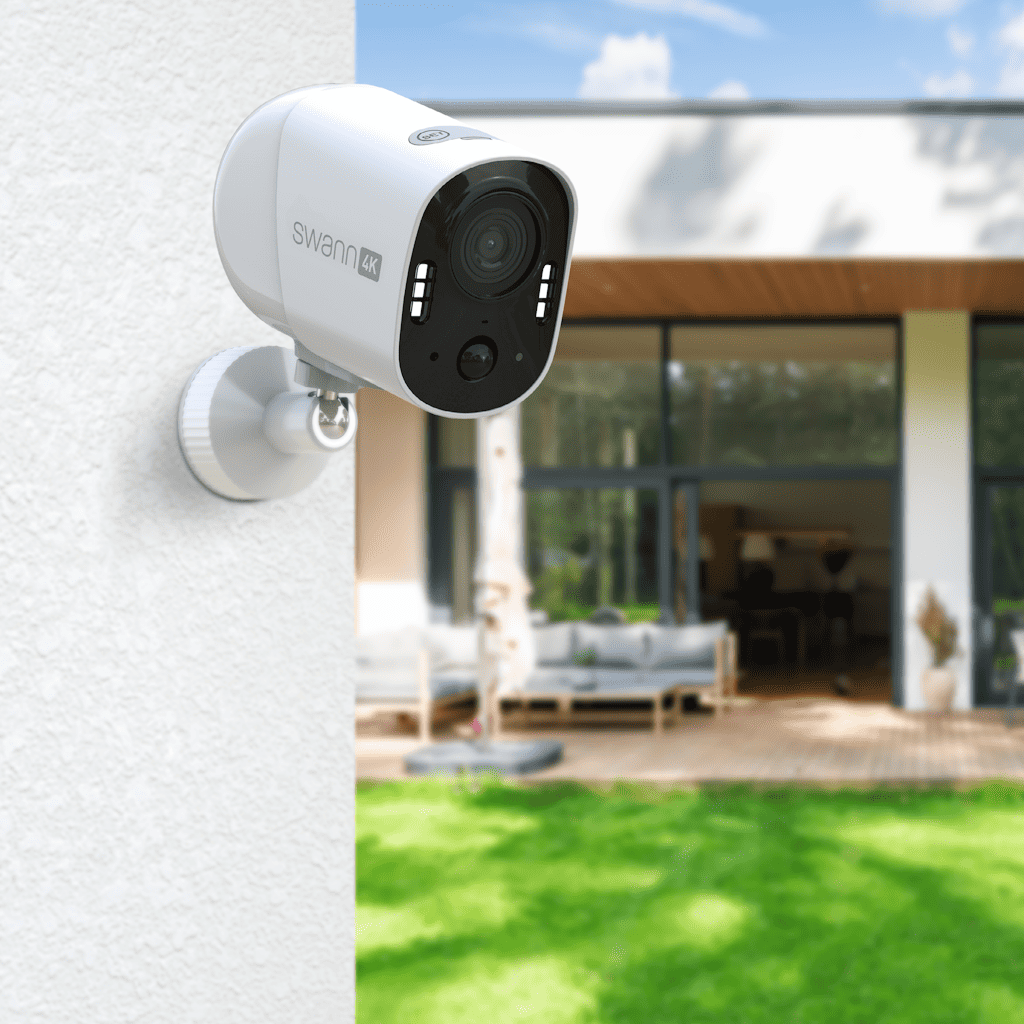Summary
Panasonic Lumix GH6 REVIEW
PAT PILCHER points his lens at a highly recommendable mirrorless camera that really excels in the video stakes.
$3500 (Body), Lens/Body kit from $3900
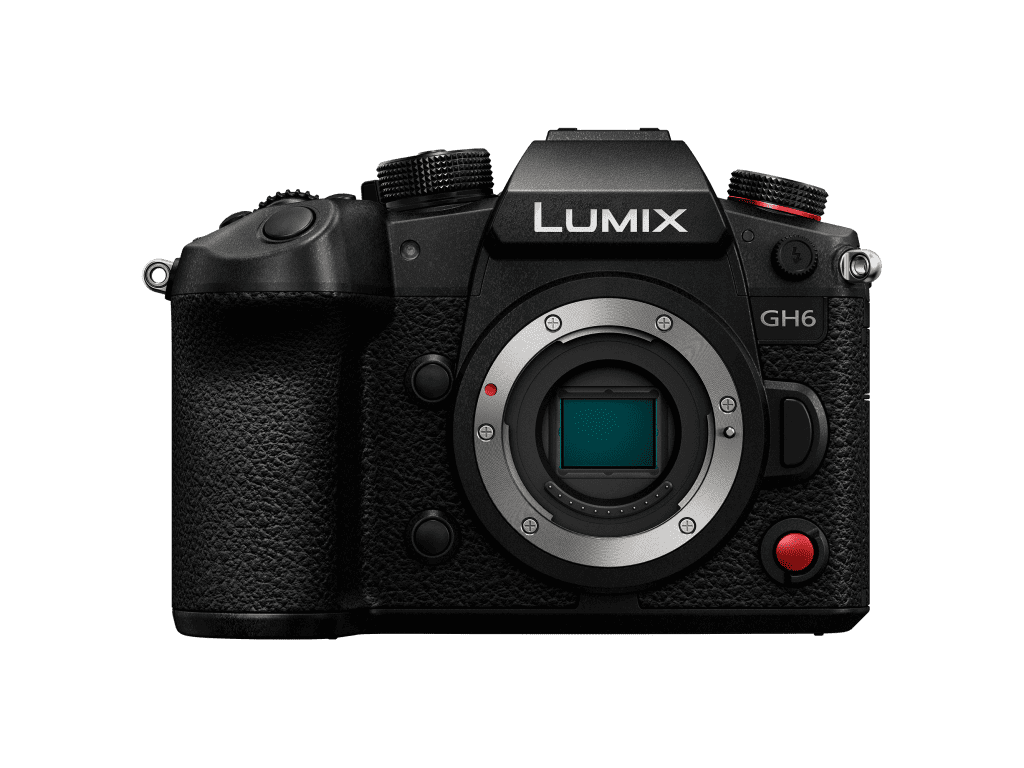 Over the last few years, a quiet revolution has been underway. High-end digital single lens reflex (DSLR) cameras have been slowly overtaken by lighter, more compact and faster mirrorless cameras. While they are lighter and quicker to use, they’re also dynamite for shooting video.
Over the last few years, a quiet revolution has been underway. High-end digital single lens reflex (DSLR) cameras have been slowly overtaken by lighter, more compact and faster mirrorless cameras. While they are lighter and quicker to use, they’re also dynamite for shooting video.
None of this has been lost on Panasonic, with their mirrorless offering, the Lumix GH6, being a popular choice with videographers.
Would you like to support our mission to bring intelligence, insight and great writing to entertainment journalism? Help to pay for the coffee that keeps our brains working and fingers typing just for you. Witchdoctor, entertainment for grownups. Riveting writing on music, tech, hi-fi, music, film, TV and other cool stuff. Your one-off (or monthly) $5 or $10 donation will support Witchdoctor.co.nz. and help us keep producing quality content. It’s really easy to donate, just click the ‘Become a supporter’ button below.
The Lumix GH6 body resembles that of a shrunk-down DSLR. It sports an electronic viewfinder, a comfy handgrip, the all-important hot shoe, plus a mechanical shutter (should you want to shoot stills). Able to play nicely with tripods and other mounting hardware, the GH6 is compact enough to work brilliantly with a gimbal. Its compact form factor plus hand grip makes it great for handheld shooting. Its body is weather resistant and crafted out of magnesium. Its rugged design means it can keep going when the mercury hits a chilly -10c.
 The GH6 has plenty happening when it comes to its controls, which complement its built-in touch screen. Around the front left is a red Record button. It’s in a sensible spot, accessible for tripod and handheld video shooting.
The GH6 has plenty happening when it comes to its controls, which complement its built-in touch screen. Around the front left is a red Record button. It’s in a sensible spot, accessible for tripod and handheld video shooting.
On the top are two dials, one for exposure mode and the other for shooting modes and a timer. As you’d expect, the shutter button by the handgrip along with an additional Record button for video. Audio levels, EV, ISO, and White Balance plus aperture and shutter speed are handled by the top dials. While most of the rear controls are on the GH6’s right-hand side, the Play button and Lock switch (for stopping accidental setting changes) are on the top left. There’s also a focus select button, a focus mode toggle, an AF-ON button, and an eight-way d-pad for shifting the focus point around. Rounding things out is a Menu/Set d-pad/button dial. Then there’s also a Q button, which fires up the touch-screen interface.
All told, the controls are sensibly laid out and will make plenty of sense to photographers. Consumers need not panic as the GH6’s auto mode is capable and will do much of the heavy lifting behind the scenes. If manual shooting is your jam, you’re well catered for.
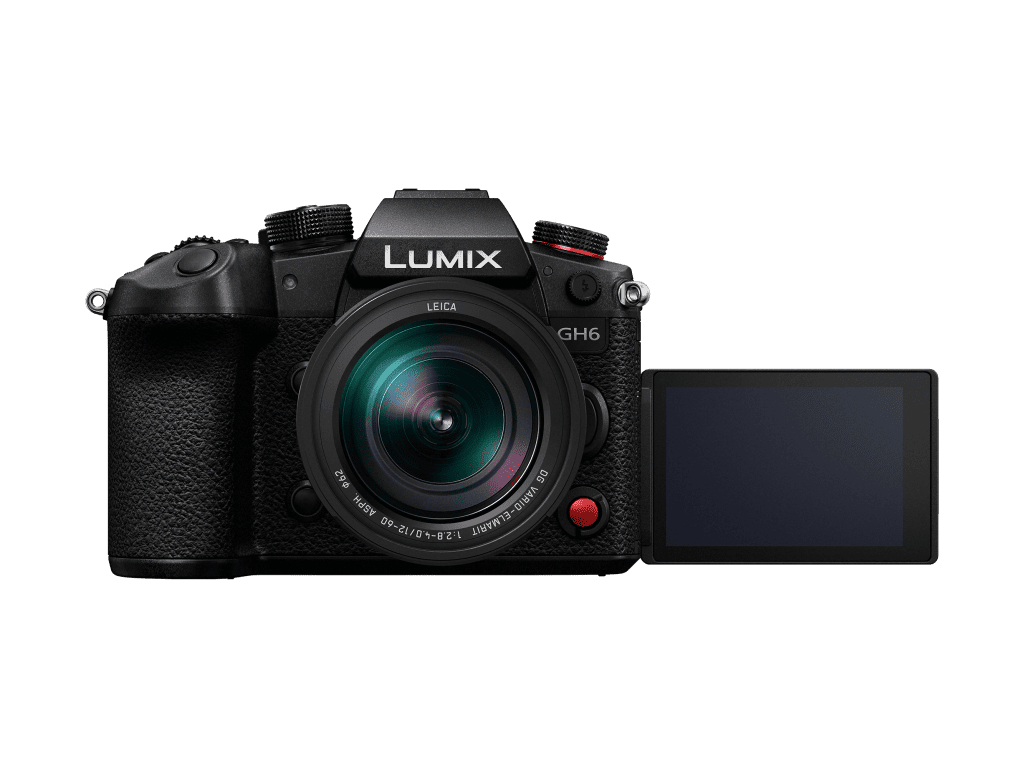 The foldaway rear display deserves special mention. It can be set to a 30- or 45-degree angle, making it ideal for use with a tripod and other shooting scenarios where you can’t use the viewfinder. Even nicer, it can face forward. For vloggers and videographers, this arrangement adds a huge amount of flexibility.
The foldaway rear display deserves special mention. It can be set to a 30- or 45-degree angle, making it ideal for use with a tripod and other shooting scenarios where you can’t use the viewfinder. Even nicer, it can face forward. For vloggers and videographers, this arrangement adds a huge amount of flexibility.
I was particularly impressed by the display’s touch support. Being able to pinch-to-zoom with photos and swipe through shots added greatly to the intuitiveness of the GH6. When used outdoors, the display was bright enough to be useable in sunlight with its brightness cranked up. Being mirrorless also means that you’re using an electronic viewfinder. The display is a small OLED panel that displays large and vibrant images through the viewfinder. It supports 30fps and 60fps (60fps is smoother for shooting video).
The removable battery kept the GH6 running for about an hour’s shooting of 5.7K video. Dropping down to a 4K encoded in MP4 gave me an extra 10-20 minutes of recording time. The GH6 can be powered in a studio setting via its USB-C connection.
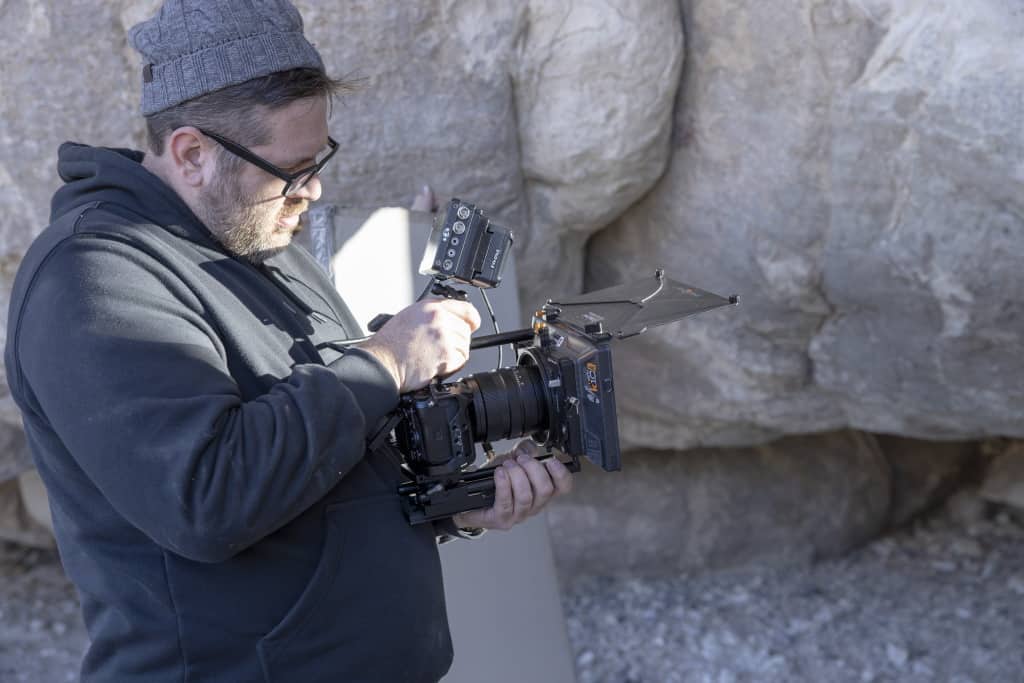 Tucked away on the GH6 are not one but two memory card slots. The rationale is that one slot is for the faster CFexpress (Type B) format for shooting 5.7K, while the other supports the SDXC format. 5.7K video generates a lot of data, so supporting faster storage makes a tonne of sense.
Tucked away on the GH6 are not one but two memory card slots. The rationale is that one slot is for the faster CFexpress (Type B) format for shooting 5.7K, while the other supports the SDXC format. 5.7K video generates a lot of data, so supporting faster storage makes a tonne of sense.
There are other ports, as well as the two memory card slots. These consist of 3.5mm jacks (for headphone monitoring) plus a mic input. Panasonic also chose USB-C for charging and data transfers, reducing port clutter. Rounding things out on the connectivity front is an HDMI port for output to external recorders, a socket for firmware updates and connecting multiple cameras for multi-camera video editing.
The GH6 uses a contrast autofocus system. It limits burst rates to 8fps in continuous focus mode. Contrast focus might be slower than the hybrid focus used with other cameras. It worked fine under most real-world conditions. Wildlife photographers will also like subject detection. With it, focusing on Tuis and fantails around my property seemed effortless. Crucially, it also supports face and eye detection for humans, which is incredibly useful for vloggers. With it, the GH6 picks a subject, and the focus box (you can have groups of focus boxes) can be moved using the joystick on the back of the GH6. Focus boxes will stay locked on the subject and in focus as long as they remain in frame.
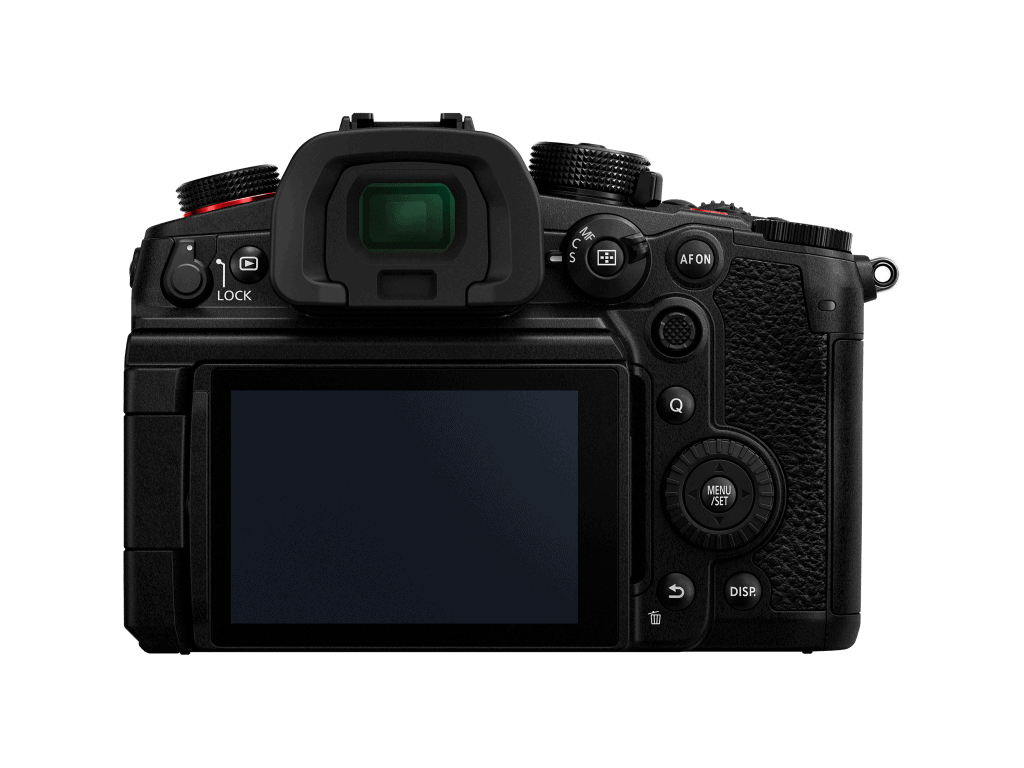 The GH6 packs a 25MP CMOS sensor mounted on a 5-axis stabilizer (which made for surprisingly smooth video shooting and handheld long-exposure photos). It also delivered crisp and sharp JPG photos up to ISO 1600. Still, as you’d expect at ISO 12800 and 25600 ISO settings, some noise was noticeable. If more resolution is your thing, the GH6 has a multi-shot mode which sees it shooting a series of snaps to gain a combined 100MP resolution. While Handheld worked with shots in this mode, the real benefit of multi-shot mode becomes obvious with a tripod. This is because the GH6 takes eight exposures in tripod mode and just four in handheld mode.
The GH6 packs a 25MP CMOS sensor mounted on a 5-axis stabilizer (which made for surprisingly smooth video shooting and handheld long-exposure photos). It also delivered crisp and sharp JPG photos up to ISO 1600. Still, as you’d expect at ISO 12800 and 25600 ISO settings, some noise was noticeable. If more resolution is your thing, the GH6 has a multi-shot mode which sees it shooting a series of snaps to gain a combined 100MP resolution. While Handheld worked with shots in this mode, the real benefit of multi-shot mode becomes obvious with a tripod. This is because the GH6 takes eight exposures in tripod mode and just four in handheld mode.
The GH6 excelled when it came to video. It can record in MP4, MOV, or ProRes 422 HQ formats and can support resolutions of up to 5.7K60 in MOV format or 5.7K30 using ProRes encoding. ProRes footage really popped.
When it comes to shooting video, the GH6 is almost impossible to fault. While there are some minor noise issues when shooting high ISO stills, the photos I got still impressed. While the autofocus isn’t as quick as hybrid focus systems, you’d be hard pressed to notice the difference unless shooting fast-motion events. If you want to get into shooting high-quality video and capture decent photos, the GH6 has a lot going for it.






